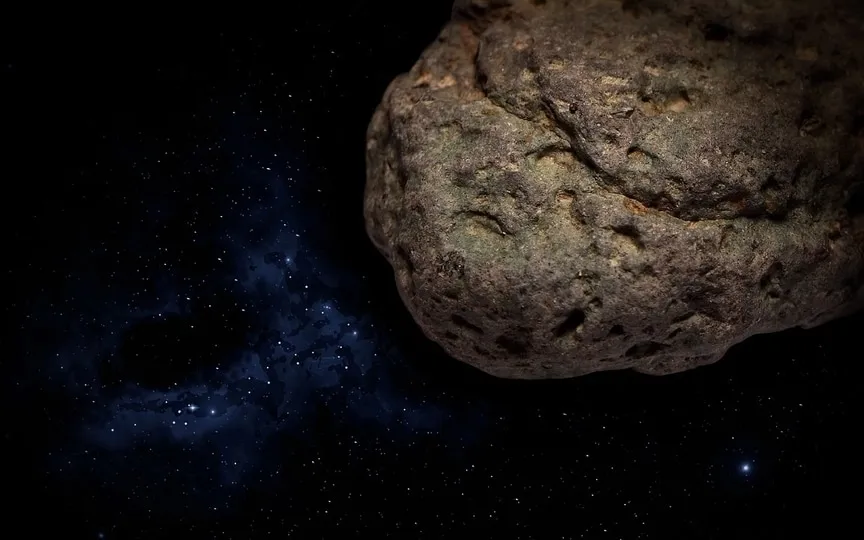NASA Alert: 130-Foot Asteroid Zooming Past Earth Today!
Today, NASA has utilized its state-of-the-art telescopes, both on the ground and in space, to monitor a colossal asteroid that is set to come remarkably close to Earth. According to the Center for Near-Earth Object Studies (CNEOS), an asteroid named Asteroid 2023 VE7 is currently heading towards our planet and is expected to reach its closest point today, November 20.
This near-Earth space rock is expected to pass Earth at a distance of only 5.3 million kilometers and at a speed of 70,811 kilometers per hour, which is much faster than the space shuttle! It is important to note that although it has been called a near-Earth asteroid due to its close flyby distance, it is not expected to actually impact the planet.
It belongs to Apollo’s group of Near-Earth Asteroids, which are Earth-passing space rocks with semi-major axes larger than Earth’s. These asteroids are named after the huge 1862 Apollo asteroid discovered by German astronomer Karl Reinmuth in the 1930s.
How big is the asteroid?
NASA has not designated a potentially hazardous asteroid. Only celestial bodies longer than 492 feet that pass Earth closer than 7.5 million kilometers are defined as such, and asteroid 2023 VE7 does not meet one of those requirements. In terms of size, Asteroid 2023 VE7 is nearly 130 feet across, making it almost the size of an airplane.
This is only the second close approach to Earth by Asteroid 2023 VE7. The first time it passed the Earth was on February 18, 1968, when it passed at a distance of 57 million kilometers. According to NASA CNEOS, it is not expected to pass the planet again in the near future.
Types of asteroids
You might think that asteroids are simply rocks floating in space, and although it might seem that way because of their appearance, that’s not quite the case. These space rocks can be classified into 3 types based on their structural composition. The most commonly found asteroids are S-type asteroids, which are composed of carbon-rich material. On the other hand, S-type asteroids are mainly composed of silicate minerals and are less common. M-type asteroids are the least common and consist mainly of metal.




